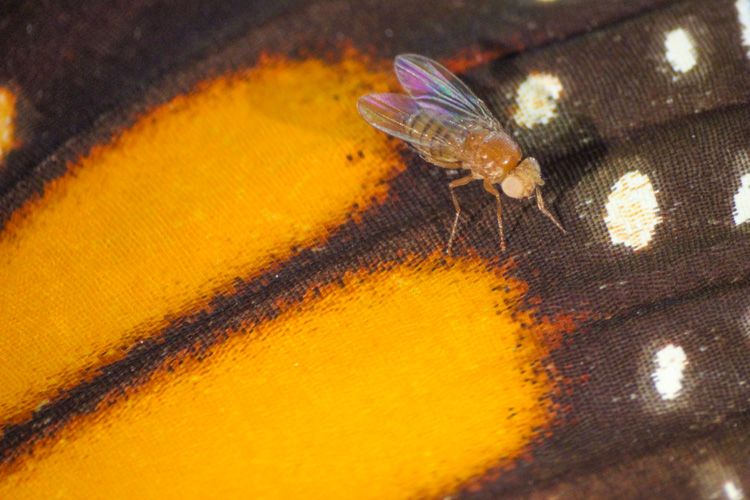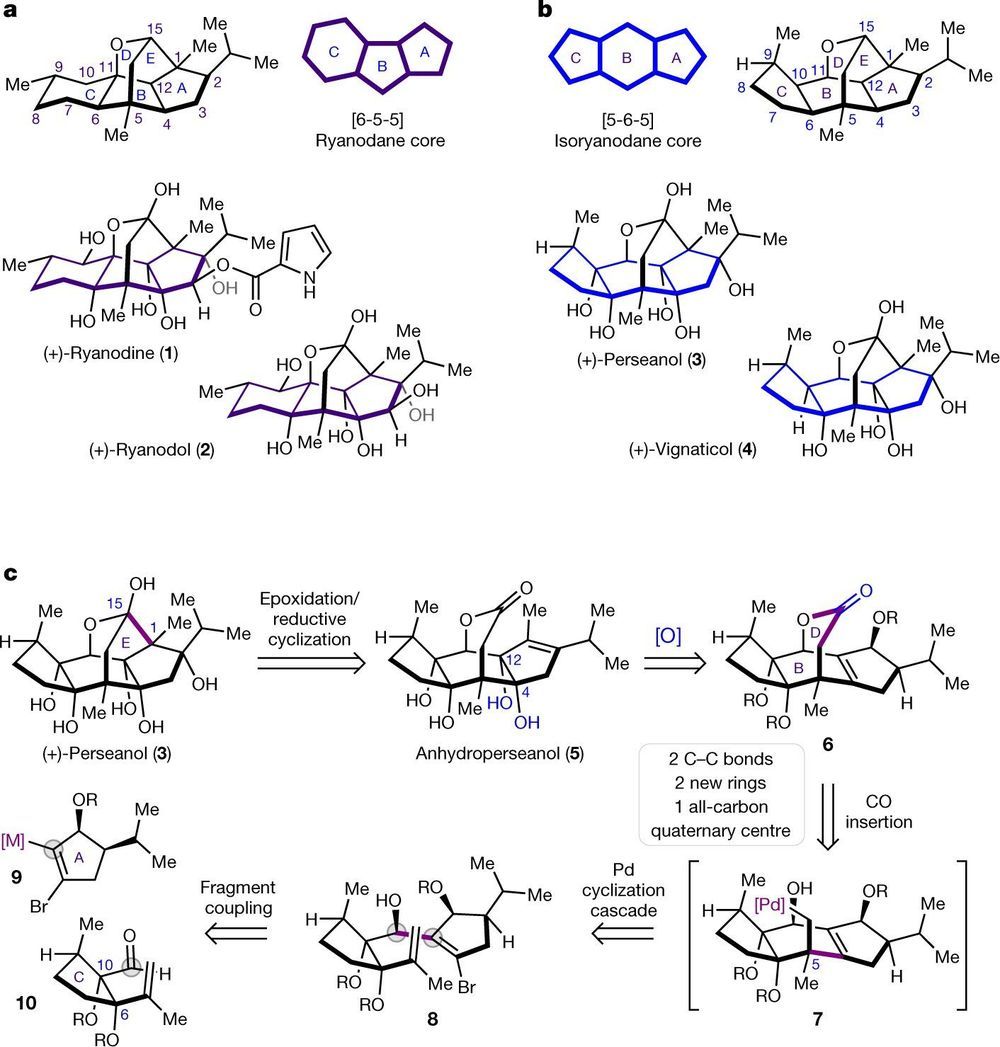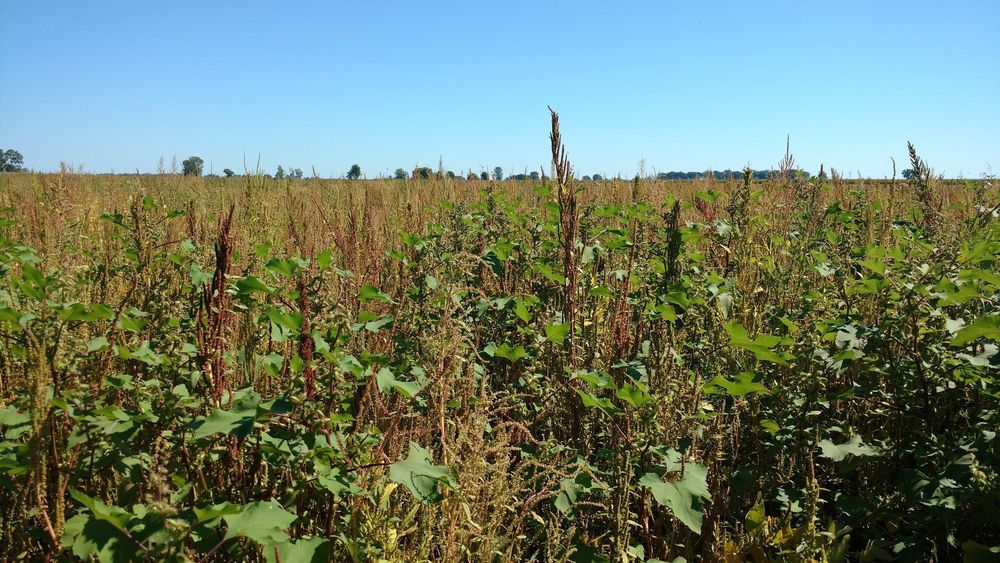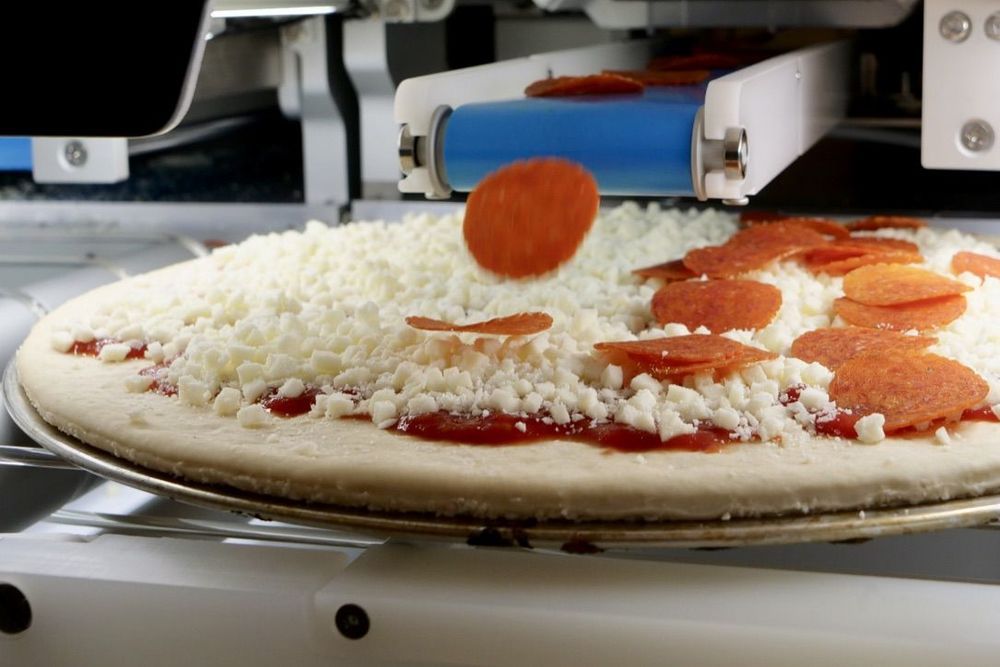Please no, we don’t need a machine-learning troll farm.



Scientists at the University of California, Berkeley have used the CRISPR gene-editing tool to give fruit flies an evolutionary advantage they’ve never had before. By making just three small changes to a single gene, the team gave the flies the ability to effectively eat poison and store it in their bodies, protecting themselves from predators in the process.
Milkweed is a common plant that’s toxic to most animals and insects – but the monarch butterfly flies in the face of that plant’s defenses. The bug has evolved the ability to not only thrive on the poisonous plant, but turn it to its own advantage. It stores the toxins in its body, making it poisonous to any predators that might try to eat it.
And now, the UC Berkeley researchers have given fruit flies that ability for the first time. CRISPR has been used to edit the genes of insects, mammals and even humans, but the team says this is the first time a multicellular organism has been edited to endow it with new behaviors and adaptations to the environment. In this case, that means a new diet and a new defense mechanism against predators.

Drew Endy almost can’t talk fast enough to convey everything he has to say. It’s a wonderfully complex message filled with nuance, a kind of intricate puzzle box being built by a pioneer of synthetic biology who wants to fundamentally rejigger the living world.
Endy heads a research team at Stanford that is, as he puts it, building genetically encoded computers and redesigning genomes. What that means: he’s trying to engineer life forms to do useful things. Just about anything could come out of this toolkit: new foods, new materials, new medicines. So you are unlikely to find anyone who is more optimistic than he is about the potential for synthetic biology to solve big problems.
That’s what makes Endy so compelling when he worries about how the technology is being developed. Perhaps more than anyone else working in synthetic biology, Endy has tried to hold the community to account.

The fruit flies in Noah Whiteman’s lab may be hazardous to your health.
Whiteman and his University of California, Berkeley, colleagues have turned perfectly palatable fruit flies—palatable, at least, to frogs and birds—into potentially poisonous prey that may cause anything that eats them to puke. In large enough quantities, the flies likely would make a human puke, too, much like the emetic effect of ipecac syrup.
That’s because the team genetically engineered the flies, using CRISPR-Cas9 gene editing, to be able to eat milkweed without dying and to sequester its toxins, just as America’s most beloved butterfly, the monarch, does to deter predators.

From raindrops rolling off the waxy surface of a waterlily leaf to the efficiency of desalination membranes, interactions between water molecules and water-repellent “hydrophobic” surfaces are all around us. The interplay becomes even more intriguing when a thin water layer becomes sandwiched between two hydrophobic surfaces, KAUST researchers have shown.
In the early 1980s, researchers first noted an unexpected effect when two hydrophobic surfaces were slowly brought together in water. “At some point, the two surfaces would suddenly jump into contact—like two magnets being brought together,” says Himanshu Mishra from KAUST’s Water Desalination and Reuse Center. Mishra’s lab investigates water at all length scales, from reducing water consumption in agriculture, to the properties of individual water molecules.
Researchers were unable to explain the phenomenon at the molecular level, so in 2016, Mishra organized a KAUST conference on the subject. “We brought together leaders in the field—experimentalists and theorists—leading to intense debates on the understanding of hydrophobic surface forces,” he says.

A team of chemists at California Institute of Technology has totally synthesized perseanol using a 16-step process for the first time. In their paper published in the journal Nature, the group describes their process and how well it worked.
In nature, perseanol is a molecule produced by the persea tree. Shortly after its discovery in the late 1990s, researchers found that the molecule was similar to ryanodine, a once-popular pesticide. They have similar architecture, though perseanol lacks a pyrrole-2-carboxylate ester. Because of the similarities, interest in using perseanol on commercial crops grew. Not much later, a cheaper alternative was found, and the molecule never made it to the farm. But interest in it persists because of its ecofriendly reputation. For that reason, chemists have been working to produce it in the lab—if successful, the results would be both cheaper and more environmentally friendly than products now in use.
The researchers note that ryanodine works as a pesticide by binding to calcium channels in insects’ muscles, paralyzing them. It can paralyze animals, too, but perseanol is believed to be more specific to insects, making it a potentially safer pesticide. The researchers also note that little research has been performed to determine the means by which perseanol kills bugs. That could change however, if interest in using perseanol as a pesticide is rekindled.

A team including evolutionary biologists from the University of Toronto (U of T) have identified the ways in which herbicide-resistant strains of an invasive weed named common waterhemp have emerged in fields of soy and corn in southwestern Ontario.
They found that the resistance—which was first detected in Ontario in 2010—has spread thanks to two mechanisms: first, pollen and seeds of resistant plants are physically dispersed by wind, water and other means; second, resistance has appeared through the spontaneous emergence of resistance mutations that then spread.
The researchers found evidence of both mechanisms by comparing the genomes of herbicide-resistant waterhemp plants from Midwestern U.S. farms with the genomes of plants from Southern Ontario.

After three years of quietly toiling away on a robotic food system, Seattle startup Picnic has emerged from stealth mode with a system that assembles custom pizzas with little human intervention.
Picnic — previously known as Otto Robotics and Vivid Robotics — is the latest entrant in a cohort of startups and industry giants trying to find ways to automate restaurant kitchens in the face of slim margins and labor shortages. And its journey here wasn’t easy.
“Food is hard. It’s highly variable,” said Picnic CEO Clayton Wood. “We learned a lot about food science in the process of developing the system.”
When the structure of DNA was elucidated in 1953, an unimaginable world of possibilities was opened. But we couldn’t even begin to dream about how we would go about using such powerful knowledge. Thirty years later, PCR — the process to replicate DNA in the lab — was developed, and innovation exploded. In 2001 — nearly twenty years ago — the first full human genome was sequenced and published.
The information we’ve uncovered through DNA is enabling us to explore and develop solutions for a variety of problems, from how to mimic human disease in animal models to finding new treatments and cures for devastating diseases such as cancer and Alzheimer’s.
Our ability to engineer biology is making DNA even more powerful. We are building upon the blueprint that was already there, strengthening it, giving it new and improved functions, and leveraging its characteristics to do useful things for us. Perfect examples include engineering the genomes of T cells to turn them into highly specific cancer fighters or modifying bacteria to produce useful products like insulin, food ingredients, or bioplastics. We are even beginning to use DNA to store information, perhaps one day replacing the physical hard drive.

Great Diet Information: #Longevity
Inflammation is also called the silent killer. It is silent because as your body struggles with inflammation, it also does all it can to maintain balance. This means that symptoms are sometimes hard to decipher and can even be hidden for some time.
Inflammation can be a good thing
A little bit of inflammation is a good thing, a lot can be extremely dangerous. When we are injured or sick, the immune system jump into gear and brings an army of white blood cells to the area of concern by increasing blood flow. For instance, when you get a cut or a scrape it generally becomes puffy, red and hot. This is inflammation – more white blood cells have arrived to handle the situation. Acute inflammation is how the body responds to foreign pathogens – it protects us from harm.